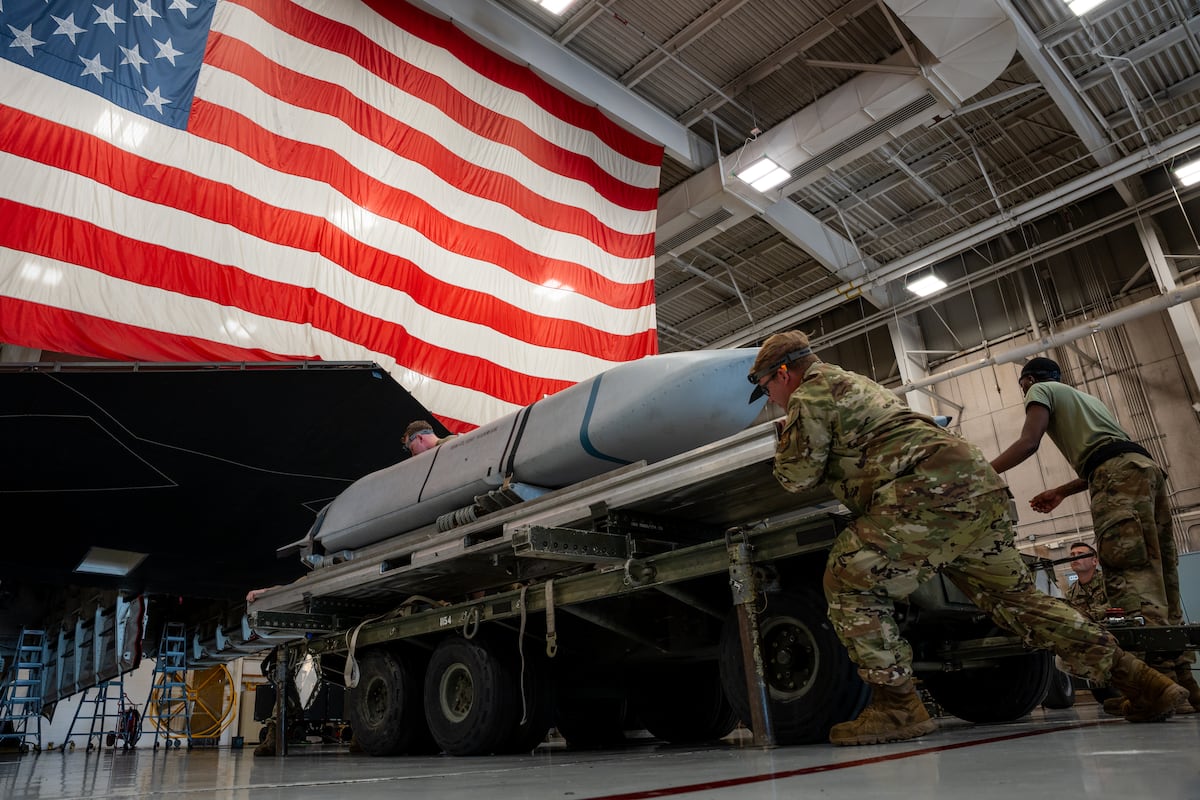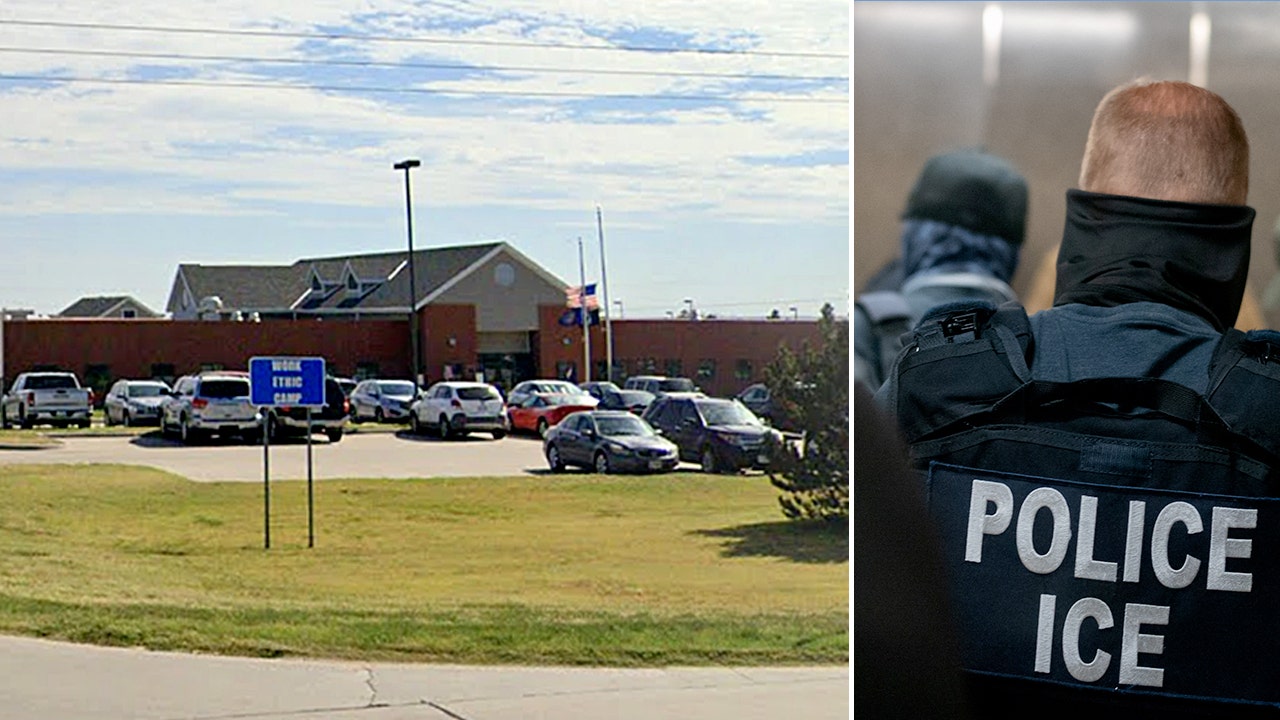Air, Space Force budgets seek to boost weapons, cut civilian jobs

New weapons and improved technology are at the forefront of budget priorities for the U.S. Air Force and U.S. Space Force, while the spending plans also seek to slash more than 5,700 civilian jobs and reduce contracting services through billions in spending cuts.
The Air Force will begin procurement of Family Affordable Mass Missiles, or FAMM, a new type of cost-effective, subsonic cruise missile that can strike at long range and can be produced en masse. While the service has been fairly tight-lipped about the FAMM program so far, it is slated to get underway in fiscal 2026 alongside the development of Long Range Anti-Ship missiles and Joint Air to Surface Standoff Missiles with extended range, according to budget documents.
The service’s budget also seeks to boost intelligence, surveillance and reconnaissance capabilities “while funding Air Force Weapons System Sustainment (WSS) at 85% with mandatory funding,” the service has stated in a release.
Altogether, the Air Force budget represents a $24.9 billion jump — a 13.5% increase — from the previous fiscal year. It plans a 3.8% pay raise for service members and seeks to grow its force strength by 1,500 personnel.
Likewise, the Space Force seeks to grow its force by 600 troops and emphasize focus on boosting satellite communications as well as counterspace systems, according to budget docs. Counterspace systems are designed to prevent enemy satellite communications in the service’s area of responsibility.
One electronic warfare system the Space Force will continue developing is Bounty Hunter, which monitors and detects enemy electro-magnetic interference across different domains. Space Force funding will also support missile warning and tracking systems, as well as layered missile-intercepting initiatives for Golden Dome, President Donald Trump’s homeland missile defense system, according to budget documents.
At the same time, civilian jobs are headed for the chopping block, and contracting assistance services will be reduced. The cuts were first reported by Air & Space Forces Magazine.
Cuts will fall into three categories: travel funding, civilian pay and advisory and assistance services, amounting to a combined total of $2.3 billion, of which $2 billion would affect the Air Force and about $289 million would affect the Space Force.
These three categories will see civilian jobs cut in a wide variety of support staff roles and personnel management positions, including but not limited to enlisted recruit training, property maintenance, accession training, base support, procurement and technical support.
The budget “optimizes and reshapes the workforce by reducing both civilian workforce full-time equivalents and contract services,” the Air Force has stated in a release.
Zita Ballinger Fletcher previously served as editor of Military History Quarterly and Vietnam magazines and as the historian of the U.S. Drug Enforcement Administration. She holds an M.A. with distinction in military history.







